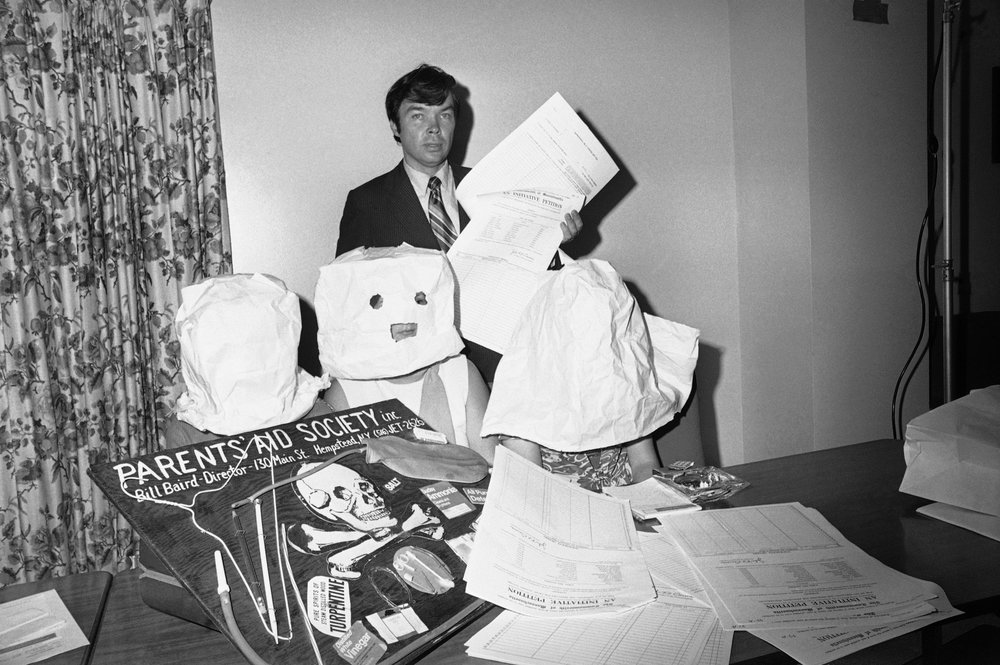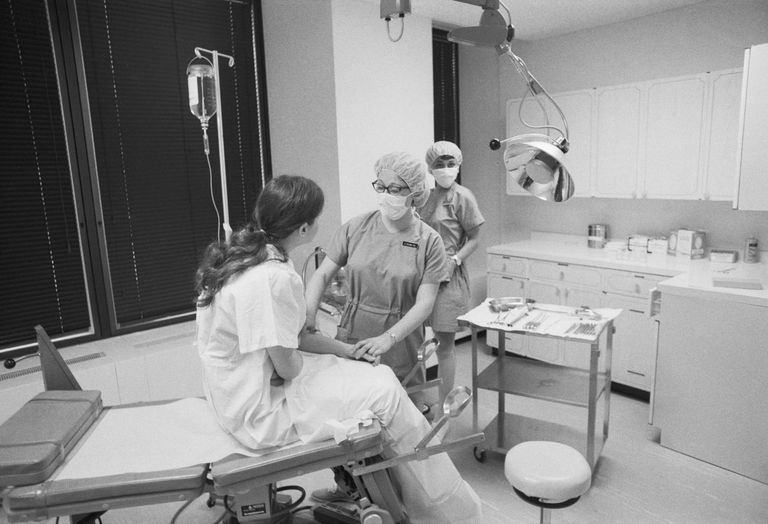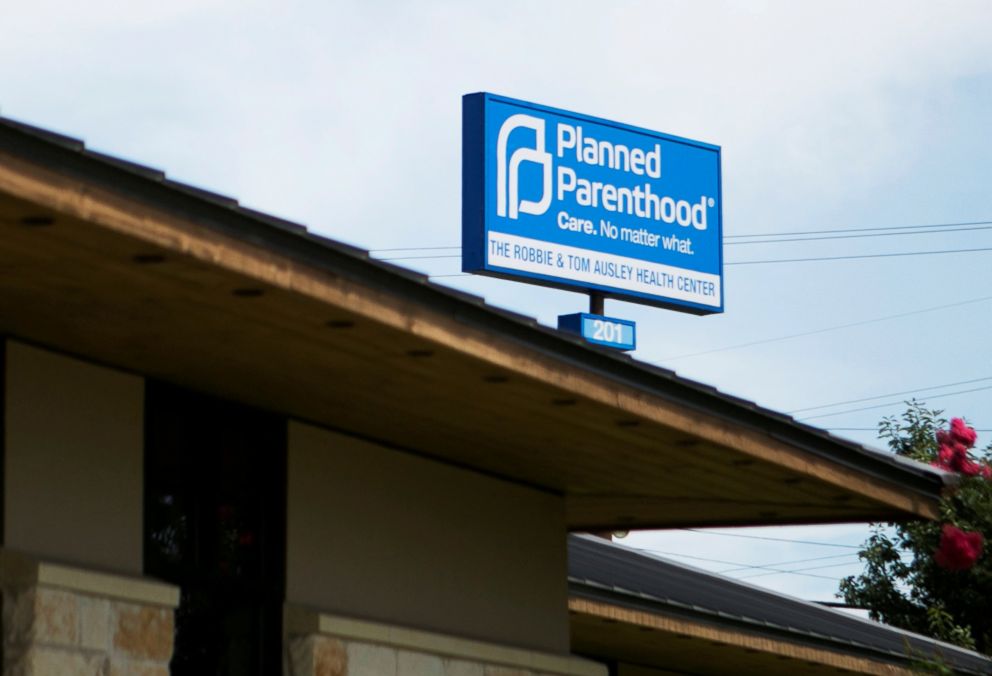

Before the Jane Collective, women were forced to suffer with the consequences of an unplanned pregnancy, and would often resort to dangerous methods of terminating the birth, endangering the woman. The Jane Collective reduced the physical barrier by providing over 11,000 safe abortions, and eliminated almost all abortion related deaths.
Women formarly had to wear bags over their heads to protect the identity of the physician.
"Poor women and women of color disproportionately suffered to obtain an abortion"
~Our Bodies Ourselves Organization~



